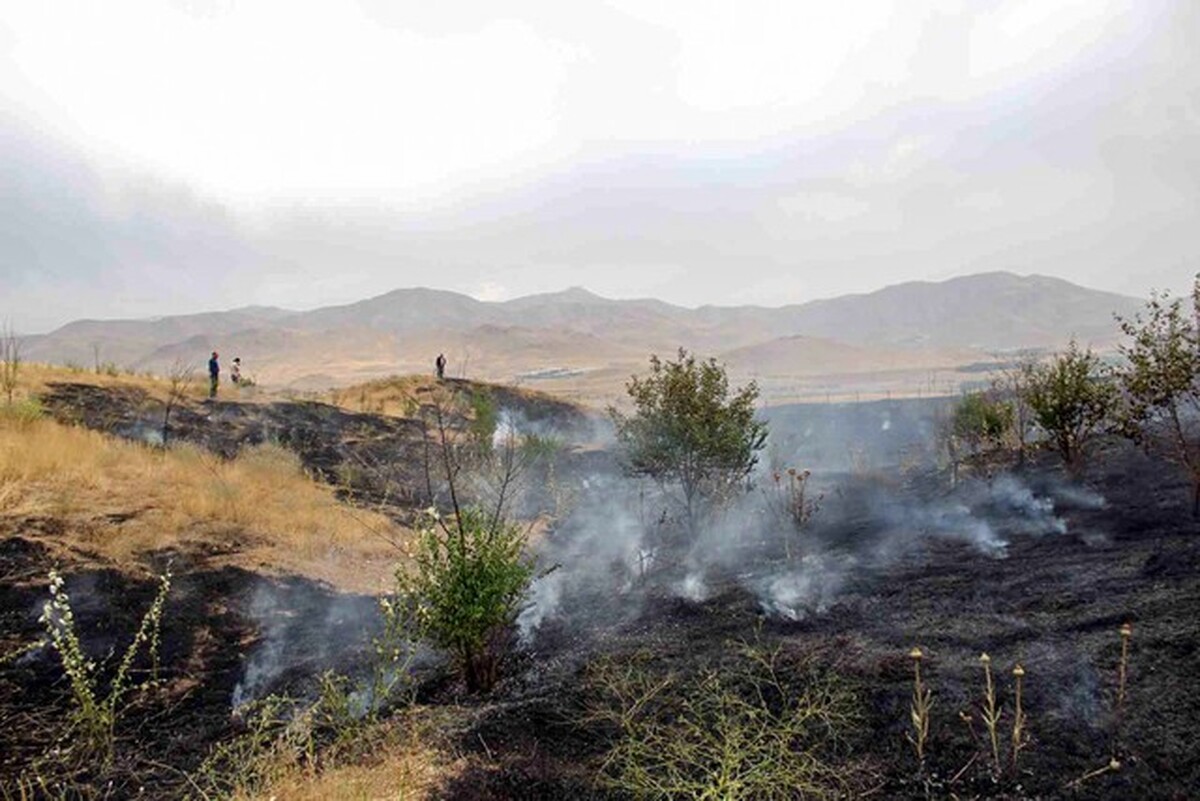Iranian Researchers Offer New Method to Revive Fire-Hit Pastures

According to a report by the Iran National Science Foundation(INSF), Erfanzadeh, the executive director of the project carried out at TMU said, “Every year, many fires break out in the pastures across the country, which may cause the destruction of high-quality and viable fodder. Also, these fires erode the viable soil of pastures and inflict a lot of financial and environmental losses.”
He stated that severe fires in pastures may have harmful effects on the physical and chemical properties of the soil, adding that fire can also severely damage vegetation in the pastures, including hinder some ecosystem functions such as maintaining water resources and protecting soil against erosion, preventing food accumulation in the soil and biodiversity and plant life.
Erfanzadeh further said that in addition to the effect that fire has on the physical and chemical properties of soil, it can also affect the soil seed bank. Unfortunately, every year there are many reports of fire occurance in the country's pastures and forests, which cause the complete removal of a large amount of vegetation. One of the concerns is the recovery of vegetation after the fire.
“Studying the potential of the pasture itself to help the vegetation recovery can be completed by the effect that fire has on the different characteristics of the pasture. The results of this research are important for the management of pastures after fire, detecting the potential of restoration of the pastures by the inputs in that pasture, and can greatly help to understand the importance of biological species in pastures,” the researcher said, according to the INSF report.
4155/i





















